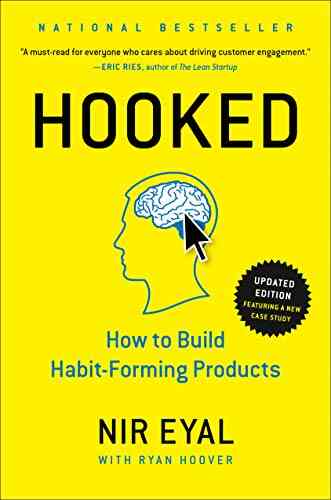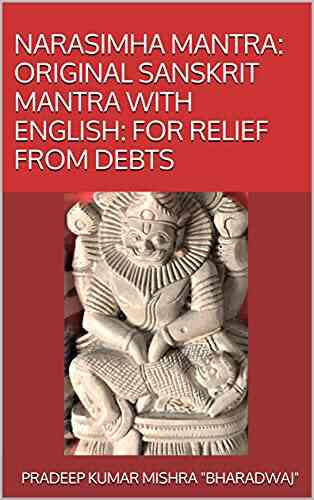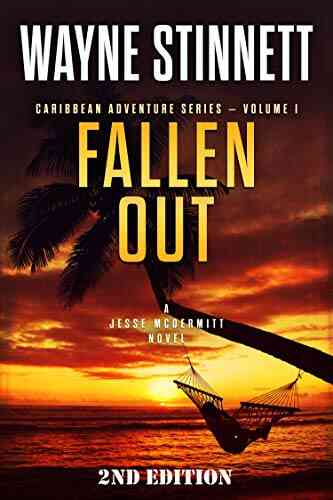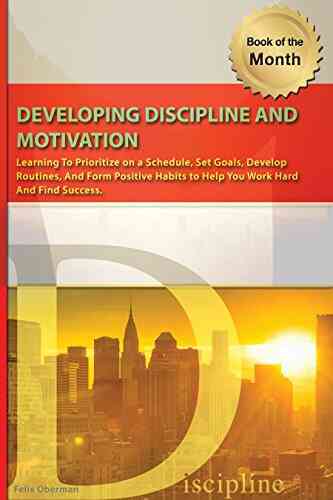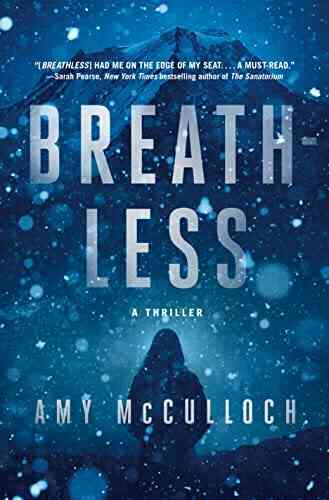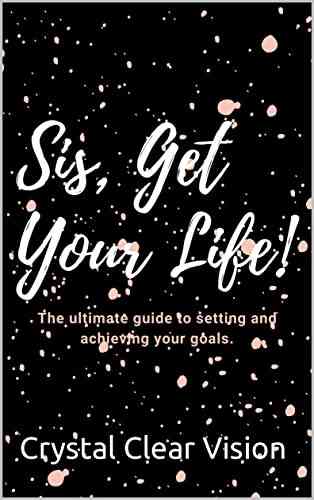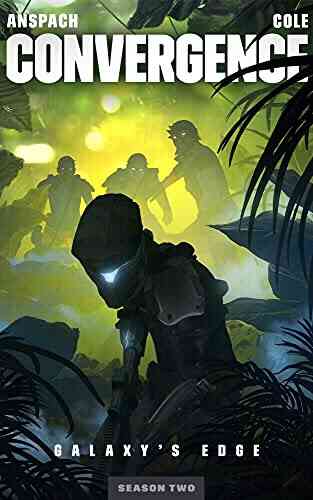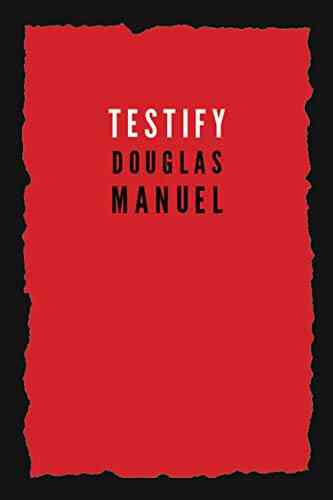Hooked: How To Build Habit-Forming Products - Unveiling the Secrets Behind User Engagement

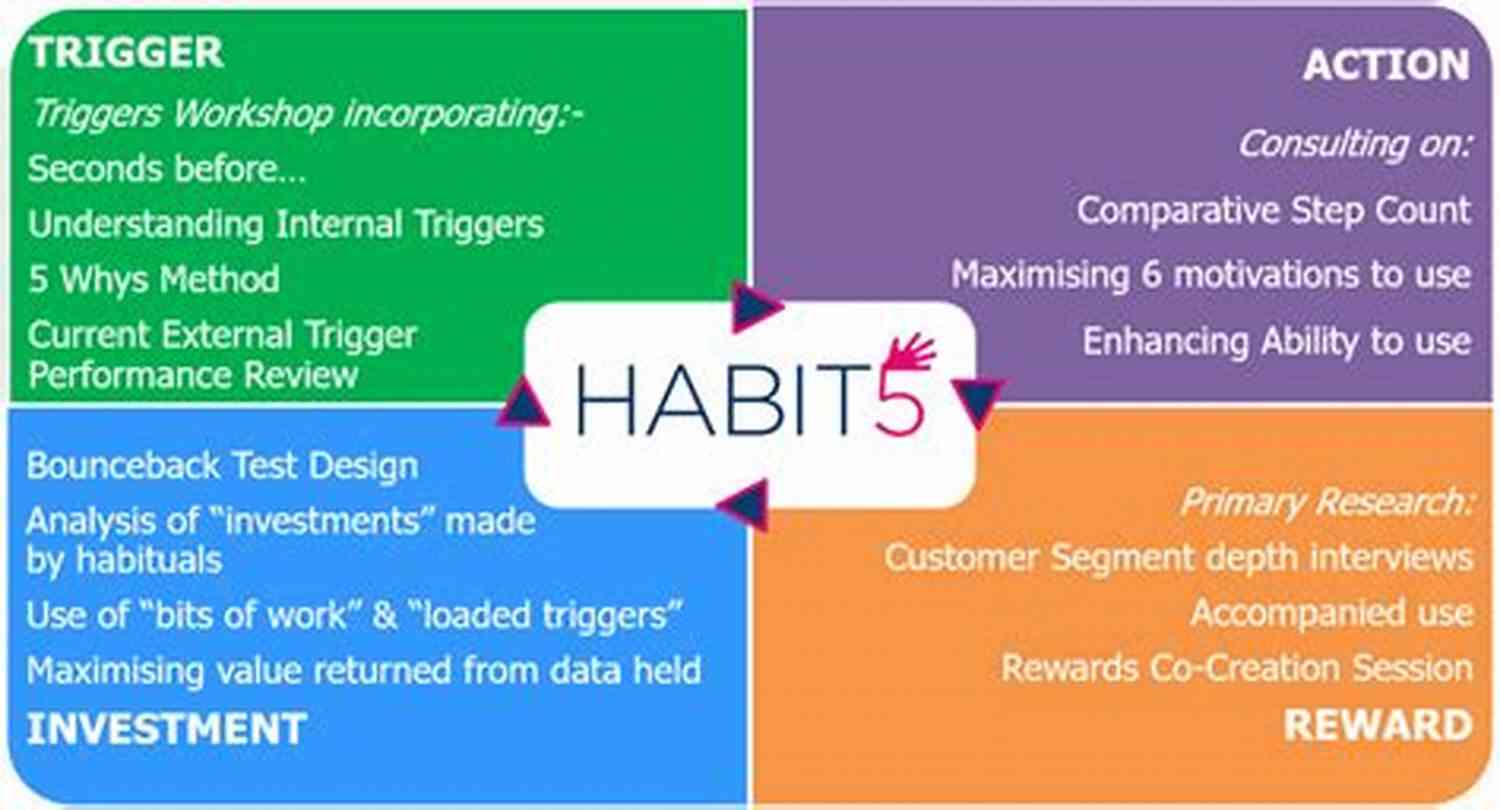
In today's fast-paced world, technology has become an integral part of our daily lives. From scrolling through social media feeds to checking emails and using various apps, we find ourselves constantly engaging with digital products. Have you ever wondered why certain products keep us coming back for more, while others are forgotten right after the first use? Creating habit-forming products that hook users is not a coincidence; it's a deliberate strategy implemented by designers and product managers. Understanding the psychology behind user engagement is crucial if you want your product to succeed in the competitive digital landscape.
The Power of Habit
Charles Duhigg, in his book "The Power of Habit," explains that habits are formed through a three-step loop: trigger, routine, and reward. This loop creates a cycle that keeps users hooked on a product. Successful digital products utilize this cycle to create habits that keep users engaged for the long term.
The Hook Model

In his book "Hooked: How to Build Habit-Forming Products," Nir Eyal reveals the four-step process known as the Hook Model. This model illustrates the psychological principles that drive user behavior and engagement with habit-forming products. Let's take a closer look at each step of the Hook Model:
4.6 out of 5
| Language | : | English |
| File size | : | 17871 KB |
| Text-to-Speech | : | Enabled |
| Screen Reader | : | Supported |
| Enhanced typesetting | : | Enabled |
| X-Ray | : | Enabled |
| Word Wise | : | Enabled |
| Print length | : | 256 pages |
1. Trigger
Triggers are the cues that prompt users to engage with a product. They can be external (such as a notification) or internal (such as an emotional state). Designers must identify and leverage these triggers effectively to initiate user engagement.
2. Action
Actions are the behaviors users take in response to triggers. Product designers need to make these actions as simple and intuitive as possible. By reducing friction and making actions effortless, users are more likely to continue engaging with the product.
3. Variable Reward
Humans are naturally drawn to novelty and unpredictability. Variable rewards tap into this innate desire by providing users with different levels of rewards each time they engage with the product. This variability keeps users excited and coming back for more.
4. Investment
The final step of the Hook Model involves getting users to invest in the product. When users put effort, time, or data into a product, they feel a sense of ownership and are more likely to continue using it. By encouraging users to invest, designers increase the likelihood of forming long-term habits.
Examples of Habit-Forming Products
Many popular products in today's digital landscape have successfully implemented the principles of the Hook Model. One such example is Instagram. The app uses triggers like push notifications to bring users back, simple actions like swiping and liking to keep them engaged, variable rewards in the form of exciting content, and encourages investment by allowing users to build a following and share their own content.
The Ethical Dilemma
While creating habit-forming products is an effective way to drive user engagement, it also raises ethical concerns. Product designers must balance the need for engagement with the responsibility of not exploiting users' vulnerabilities or creating addictive behaviors. Understanding the impact of your product and promoting healthy usage is crucial for long-term success.
Building habit-forming products requires a deep understanding of user psychology and the effective implementation of the Hook Model. By leveraging triggers, simplifying actions, providing variable rewards, and encouraging user investment, designers can create products that keep users engaged and coming back for more. However, it is important to remember the ethical implications and strive for a balance that promotes healthy usage. By following these principles, you can unlock the secrets behind user engagement and build products that truly resonate with your target audience.
4.6 out of 5
| Language | : | English |
| File size | : | 17871 KB |
| Text-to-Speech | : | Enabled |
| Screen Reader | : | Supported |
| Enhanced typesetting | : | Enabled |
| X-Ray | : | Enabled |
| Word Wise | : | Enabled |
| Print length | : | 256 pages |
Revised and Updated, Featuring a New Case Study
How do successful companies create products people can’t put down?
Why do some products capture widespread attention while others flop? What makes us engage with certain products out of sheer habit? Is there a pattern underlying how technologies hook us?
Nir Eyal answers these questions (and many more) by explaining the Hook Model—a four-step process embedded into the products of many successful companies to subtly encourage customer behavior. Through consecutive “hook cycles,” these products reach their ultimate goal of bringing users back again and again without depending on costly advertising or aggressive messaging.
Hooked is based on Eyal’s years of research, consulting, and practical experience. He wrote the book he wished had been available to him as a start-up founder—not abstract theory, but a how-to guide for building better products. Hooked is written for product managers, designers, marketers, start-up founders, and anyone who seeks to understand how products influence our behavior.
Eyal provides readers with:
• Practical insights to create user habits that stick.
• Actionable steps for building products people love.
• Fascinating examples from the iPhone to Twitter, Pinterest to the Bible App, and many other habit-forming products.
Do you want to contribute by writing guest posts on this blog?
Please contact us and send us a resume of previous articles that you have written.




















Light bulbAdvertise smarter! Our strategic ad space ensures maximum exposure. Reserve your spot today!
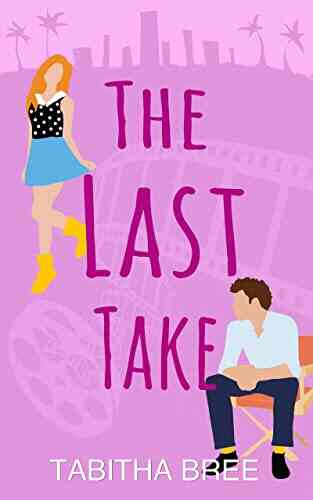
 Craig CarterThe Last Take Hollywood Heartthrobs: Unforgettable Icons of the Silver Screen
Craig CarterThe Last Take Hollywood Heartthrobs: Unforgettable Icons of the Silver Screen
 Ryūnosuke Akutagawa"Unleash the Stunning Secrets of The Best Girls Disorder Collection -...
Ryūnosuke Akutagawa"Unleash the Stunning Secrets of The Best Girls Disorder Collection -... Marc FosterFollow ·16.3k
Marc FosterFollow ·16.3k Anthony BurgessFollow ·4.1k
Anthony BurgessFollow ·4.1k Nathaniel HawthorneFollow ·10k
Nathaniel HawthorneFollow ·10k E.M. ForsterFollow ·6k
E.M. ForsterFollow ·6k Braeden HayesFollow ·9.2k
Braeden HayesFollow ·9.2k Phil FosterFollow ·13.9k
Phil FosterFollow ·13.9k Edgar CoxFollow ·15.4k
Edgar CoxFollow ·15.4k Fredrick CoxFollow ·6.2k
Fredrick CoxFollow ·6.2k
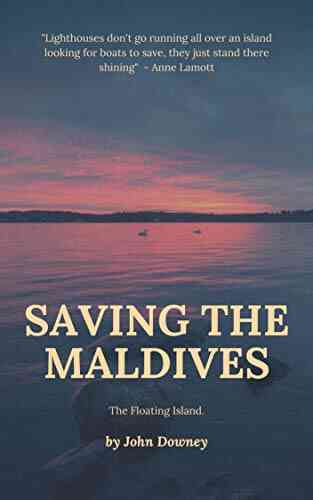
 Dwayne Mitchell
Dwayne MitchellSaving The Maldives: The Floating Island
The Maldives, known for...
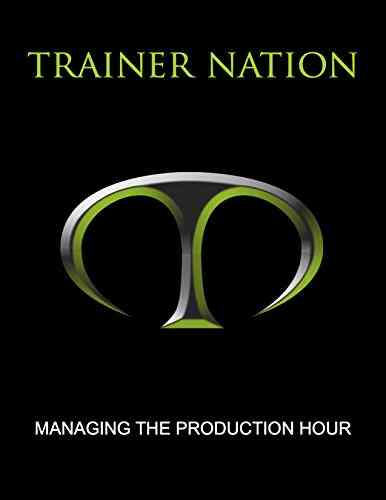
 Ethan Mitchell
Ethan MitchellManaging The Production Hour: Mastering Efficiency and...
As businesses strive to meet growing demands...
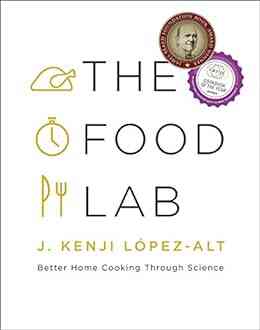
 Virginia Woolf
Virginia WoolfThe Food Lab: Better Home Cooking Through Science
Have you ever wondered why some...

 Jeff Foster
Jeff FosterThe Darling Songbirds: The Songbirds of Darling Bay
When it comes to enchanting melodies and...
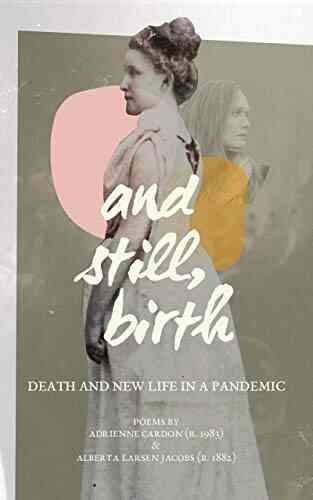
 Eli Blair
Eli BlairDeath And New Life In Pandemic
The COVID-19 pandemic has brought about...
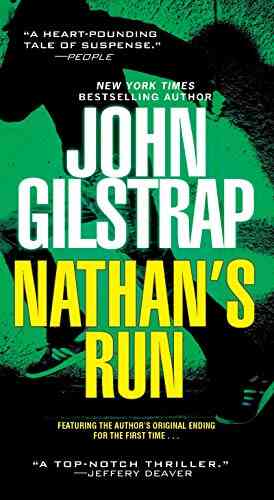
 Dave Simmons
Dave SimmonsThe Unstoppable Nathan Run: A Thrilling Journey Into John...
When it comes to gripping thriller novels,...
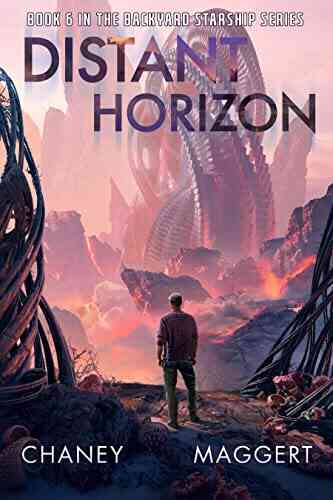
 Amir Simmons
Amir SimmonsDistant Horizon Backyard Starship: Exploring the Cosmos...
The mysteries of the universe...
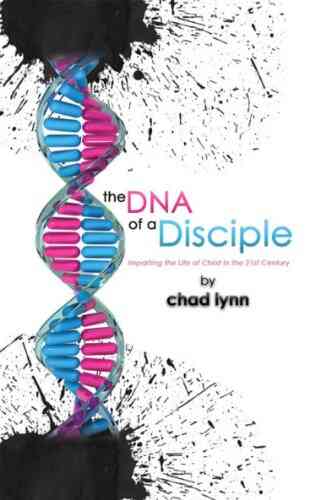
 Simon Mitchell
Simon MitchellUnveiling the Secrets: The DNA of a Disciple - A...
Do you ever wonder what it takes to become a...

 Samuel Taylor Coleridge
Samuel Taylor ColeridgeThe Epic Tale of Snake River Slaughter: Matt Jensen, The...
The Snake River, winding through the...
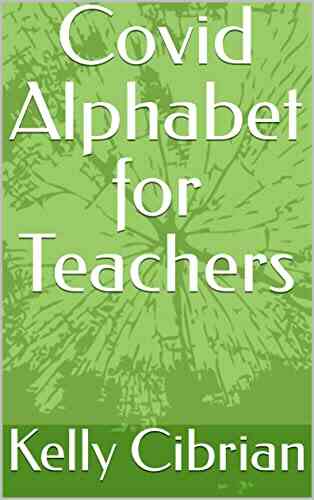
 Ray Blair
Ray BlairThe Ultimate Covid Alphabet For Teachers: The Key to a...
With the Covid-19 pandemic still ongoing,...

 Gage Hayes
Gage HayesFor The Sake Of Family: Why Prioritizing Our Loved Ones...
Family is the backbone of...
4.6 out of 5
| Language | : | English |
| File size | : | 17871 KB |
| Text-to-Speech | : | Enabled |
| Screen Reader | : | Supported |
| Enhanced typesetting | : | Enabled |
| X-Ray | : | Enabled |
| Word Wise | : | Enabled |
| Print length | : | 256 pages |


